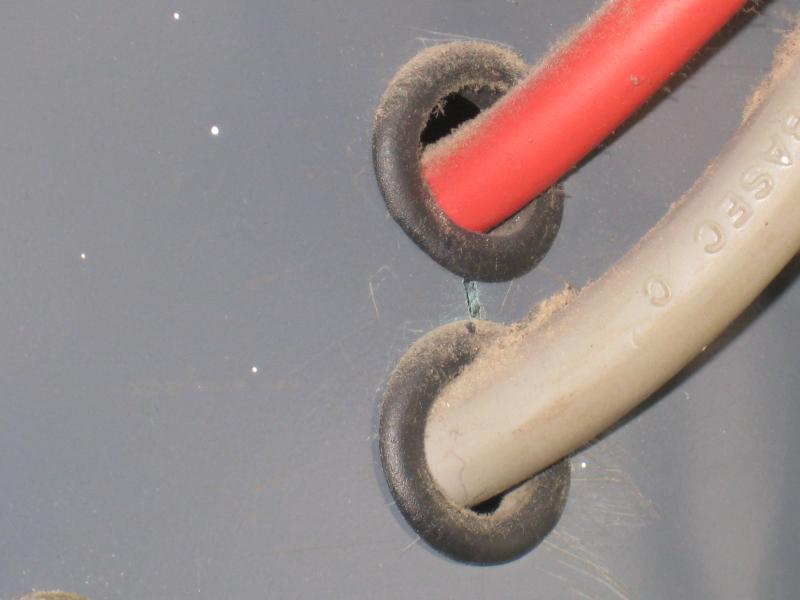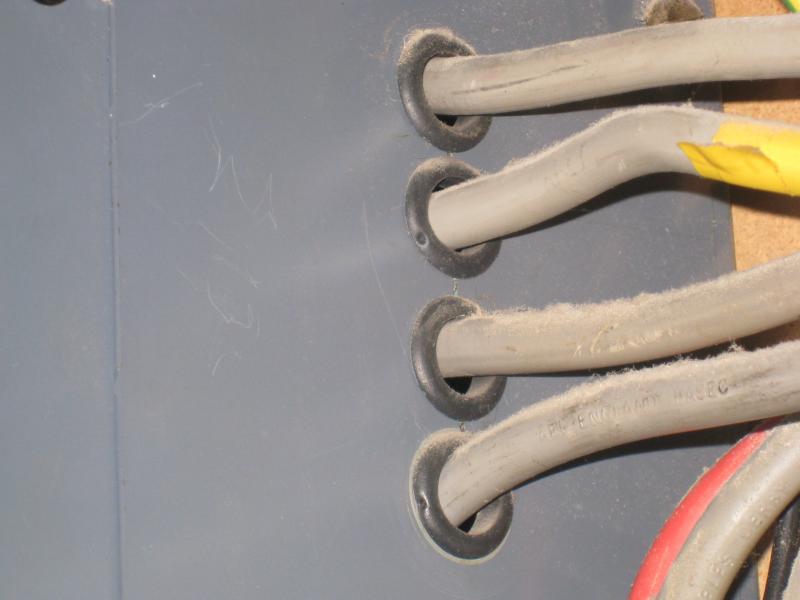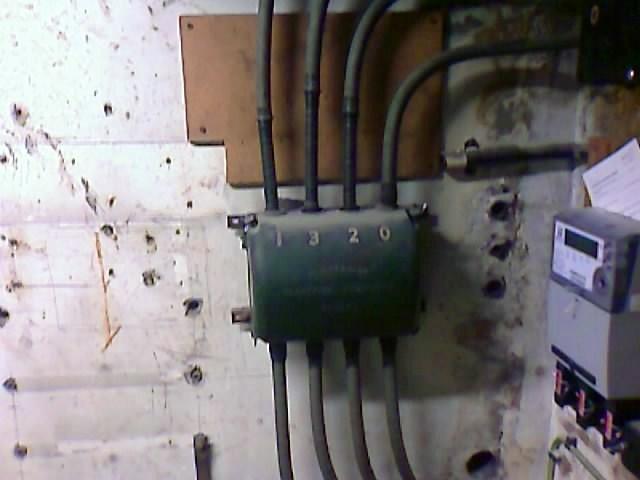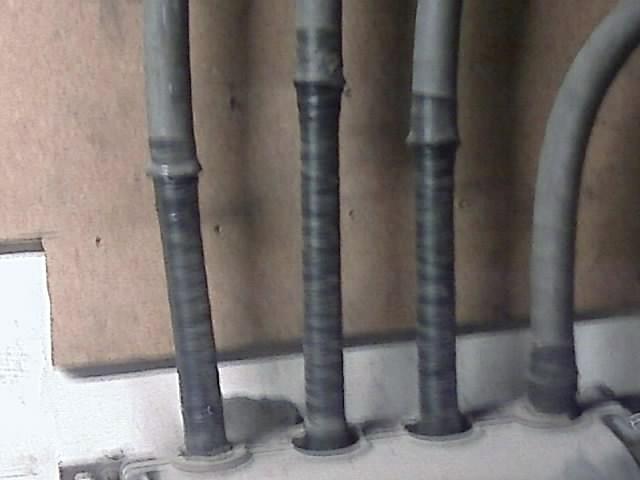They've actually been specified for prevention of eddy currents ...
As I've said, I find that a little odd, since by using a non-ferrous gland plate will alter the eddy currents, it won't AFAIAA prevent them.
...which is the reason we're using them on these enclosures which are stainless steel.
... which I find particularly odd, since most stainless steels are
not significantly ferromagnetic! ...and I wonder how you plan to use these plates in a steel enclosure for the purpose you mention. Would you cut a hole in the steel and 'replace' it by the gland plate, or what? Even if it would, in itself, reduce eddy currents, any such benefit would preumably be lost if you attached it 'over' the steel - since the steel would still be there.
I'm getting very confused. If one Googles the topic of eddy currents, one finds two seemingly contradictory sets of assertions. It is a topic often discussed in various electrician's forums, and in information intended for electricians - in which case one repeatedly sees the assertion being voiced by some here, that you don't get eddy currents in non-ferrous materials. However, if you look at general educational/academic/scientific material, you will find a vast amount about eddy currents in a range of materials - most commonly steel, copper, brass and aluminium - which is what I have always understood. Indeed, a lot of what you'll find relates to use of eddy currents induced in aluminium and brass for crack/defect detection. Is electricians' Physics different from everyone elses?! Can anyone shed any light on this confusion?
Kind Regards, John





